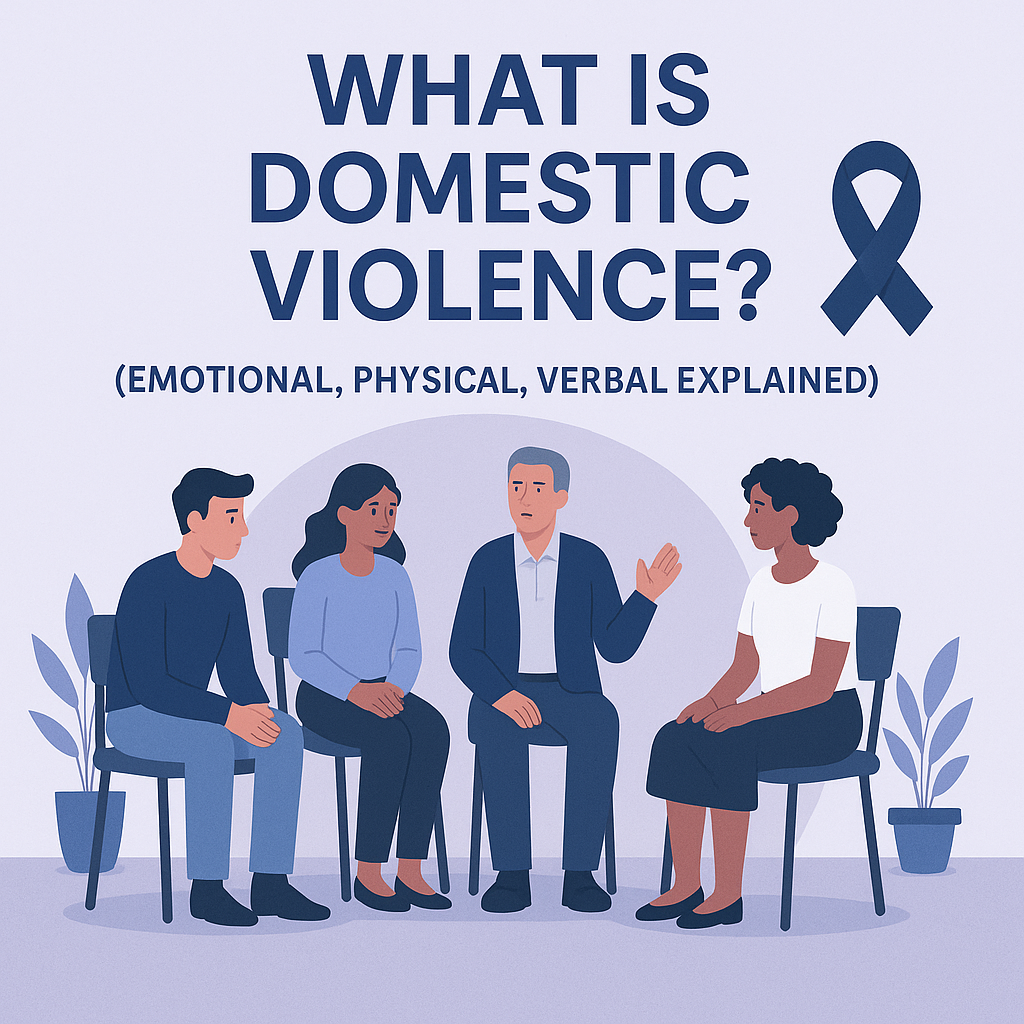
Introduction
Domestic violence is more than just physical harm—it’s a complex and often hidden issue that affects millions of people across the world regardless of gender, culture, or social class. Understanding what constitutes domestic violence is the first step in preventing it and helping victims recover and rebuild. In this post, we break down the key types of domestic violence: emotional, physical, and verbal abuse, using real-life examples, expert resources, and guidance to raise awareness and offer support.
What is Domestic Violence?
Domestic violence refers to patterns of abusive behavior used by one partner to gain or maintain control over another in an intimate relationship. It can occur in marriages, dating relationships, and even between family members. Contrary to popular belief, it is not always physical. Abuse comes in many forms and can leave invisible scars.
Key SEO Keywords: domestic violence definition, types of domestic violence, emotional abuse, physical abuse, verbal abuse, domestic abuse signs, help for abuse victims
1. Emotional Abuse
Emotional abuse is one of the most common yet hardest to recognize forms of domestic violence. It involves actions that undermine a person’s self-worth and mental well-being.
Examples of Emotional Abuse:
- Constant criticism or belittling
- Gaslighting (manipulating someone to question their reality)
- Isolation from friends or family
- Controlling behavior (monitoring movements, finances, etc.)
Real-Life Example: Jasmine, a 30-year-old nurse, was not allowed to see her friends or make financial decisions without her husband’s approval. Although he never hit her, she felt trapped, anxious, and worthless. It took her years to realize she was experiencing emotional abuse.
Why It’s Harmful: Emotional abuse erodes confidence, leads to anxiety and depression, and can create long-term psychological trauma. Many victims feel like they are “going crazy” because their reality is constantly denied or minimized by the abuser.
2. Physical Abuse
Physical abuse is the most visible and widely recognized form of domestic violence. It involves any use of force that causes bodily harm or injury.
Examples of Physical Abuse:
- Hitting, punching, or slapping
- Kicking or biting
- Using objects as weapons
- Preventing someone from getting medical help
Real-Life Example: Carlos, a 40-year-old man, often found excuses for bruises, telling friends he “bumped into things.” The truth was, his partner would throw objects and hit him during arguments. The abuse escalated until he was hospitalized after a violent episode.
Why It’s Harmful: Physical abuse can result in serious injuries or death. It creates a climate of fear and control, often escalating over time. Victims may stay silent out of fear or hope that things will change.
3. Verbal Abuse
Verbal abuse includes the use of language to demean, insult, or threaten. It often overlaps with emotional abuse and is used to intimidate or control the victim.
Examples of Verbal Abuse:
- Name-calling or mocking
- Threats of harm or abandonment
- Yelling, screaming, or using silence as punishment
- Public humiliation
Real-Life Example: Amira’s boyfriend would shout at her in public, insult her intelligence, and call her names during arguments. Despite there being no physical harm, Amira’s self-esteem plummeted, and she began to feel like she couldn’t live without his approval.
Why It’s Harmful: Verbal abuse chips away at a person’s identity and can be especially damaging over time. It creates a toxic environment where the victim feels unsafe, unwanted, and incapable.
The Overlap Between Types
Abuse is often not limited to just one form. Many victims experience a mix of emotional, physical, and verbal abuse. The key element is control—abusers use whatever tactics they can to dominate and isolate their partner.
Why People Stay in Abusive Relationships:
- Fear of retaliation
- Financial dependence
- Emotional attachment or hope for change
- Shame or cultural stigma
- Lack of support or awareness
Understanding these barriers is essential in offering help and not blaming the victim.
How to Get Help
If you or someone you know is experiencing domestic violence, help is available.
In Australia:
- 1800 RESPECT (24/7): 1800 737 732
- Lifeline: 13 11 14
- Men’s Referral Service: 1300 766
How You Can Help Others
- Speak up when you witness abusive behavior.
- Offer a non-judgmental ear to someone you suspect is a victim.
- Share educational content and helpline numbers.
- Support community programs and behavioral change initiatives like SafeManhood.
Conclusion
Domestic violence is not just a private issue—it’s a public health crisis. By understanding the forms it takes—emotional, physical, and verbal—we can better identify, address, and prevent abuse. If you’re a victim, know that you are not alone. If you’re someone trying to change, seeking help is a brave and powerful first step.
Together, we can break the cycle.

Keywords Recap: domestic violence, emotional abuse, physical abuse, verbal abuse, abusive relationships, help for domestic violence, stop abuse, domestic violence awareness, men’s behavioural change
